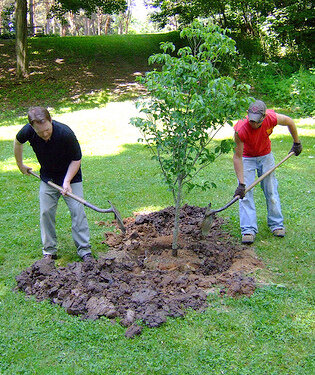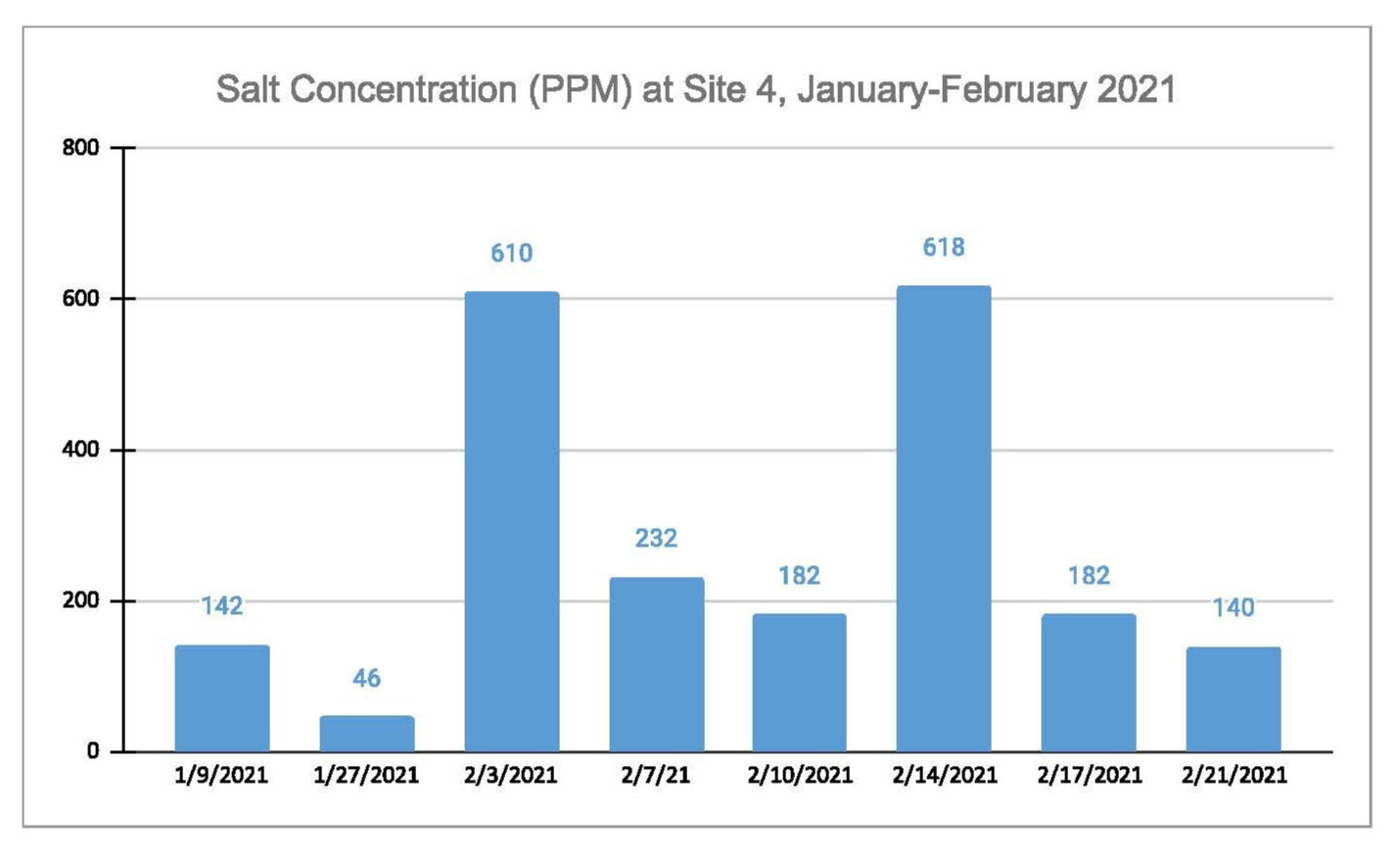Board Member Sara Robinson demonstrating how to take a sample during volunteer training session, July 1.
In a new program designed to inform the public on the safety of the creeks for recreation, the Little Falls Watershed Alliance is monitoring the bacteria count of the Little Falls and the Willett Branches. On Wednesday, July 7, LFWA monitored the e.coli levels at four locations in the watershed
Two locations passed, two locations failed
Passed:
Little Falls Branch above the Somerset Pool – (217.8 MPN/100mL)
Little Falls Branch in Brookmont – (275.5 MPN/100mL)
Failed:
Little Falls Branch by the second bench below Mass Ave (648.8 MPN/100ml)
Willett Branch below the Bethesda Pool (579.8 MPN/100mL)
Pass/Fail interpretations are based on Maryland and the District of Columbia's water quality single-sample standards for E. Coli in surface waters. Water-bodies with E.Coli levels above 410MPN/100mL are considered unsafe for human recreation.
We will be testing sites along the two creeks every two weeks between July 7 and September 15.. Results will be posted on our website and on our Facebook page and shared with community list servs.
Visit HERE for more information.
Thank you to our team of trained volunteers for their commitment to this project. Thank you to the Anacostia Riverkeeper for analyzing the samples in their water quality lab and their help in setting up the program.










